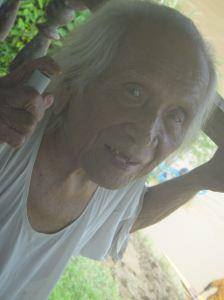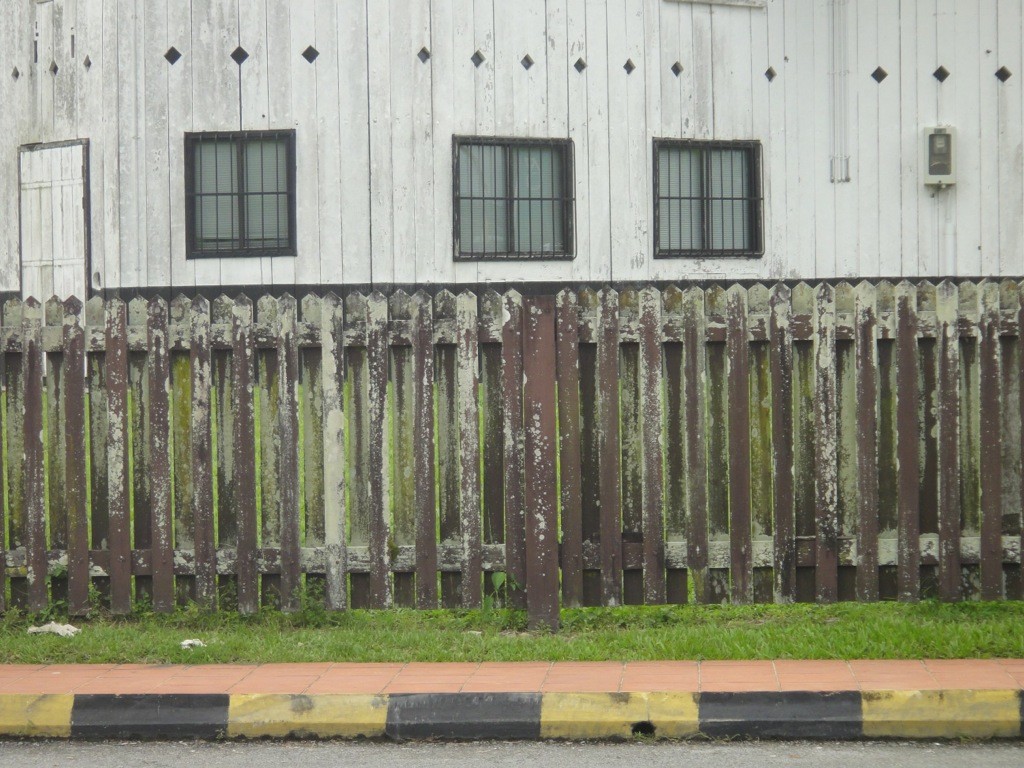The Big Race
Watching two women’s eights, one women’s sixteen, and a mighty war canoe paddled by thirty-two men powering their way up the Balui River in the interior of Borneo, with a cox yelling instructions through a megaphone, has to count as one of the most surreal experiences of our travels so far.
Training for the Sarawak Regatta is Sunday’s big event in the tribal communities of Malaysian Borneo. And, for all its Oxford & Cambridge veneer, this river race dates back to the very different days of 1872.
And one of the earliest peace treaties between the warring head-hunters of the interior.
The origins of the regatta? With the colonial authorities, of course.
As The Pagan Tribes of Borneo inimitably explains, “the Resident had suggested to the tribes that they should all compete in a grand race of war canoes, as well as in other races on land and water. For he wisely held that in order to suppress fighting and head-hunting, hitherto the natural avenues to fame for restless tribes and ambitious young men, it is necessary to replace them by some other form of violent competition that may in some degree serve as a vent for high spirits and superfluous energy; and he hoped to establish an annual gathering for boat racing and other sports, in which all the tribes should take part, a gathering on the lines of the Olympic games in fact.”
We watched it in the company of people aged from one to a hundred.
This gentleman, who is apparently a centenarian, is, in fact, old enough to have participated in the original tribal wars.
Wars which continued, pretty much unabated, until the peace treaty of 1924, a founding moment in the history of modern Sarawak. Thousands of heavily-armed Ibans, Kayans and Kenyahs converged on Fort Sylvia, in Kapit, to make their peace in a deal brokered by Vyner Brooke, the third White Rajah of Sarawak, and the Dutch authorities in what is now Indonesian Borneo.
The sheer power of these guys, ploughing upstream against the current, in a traditional war canoe, provides a continuity to the past which is really quite extraordinary.
And watching these guys go, guys who’ll watch Mr & Mrs Smith, spend too much money on shoes, but still hunt pythons in the forest, took me right back to Fort Sylvia, in Kapit.
The white-washed, wooden fort, where one of my all-time heroes James Brooke, and his officers would sit, forlornly, watching war parties return upriver, carrying heads.
It’s by the riverside road, now. Its musket emplacements empty. And it’s a museum, honouring the great tribal leader, Tun Jugah, who did more than almost anyone to preserve the rights and livelihood of the indigenous people today.
The past is a different place. But in some places, it’s closer than elsewhere.



Another great post Theo – have learned so much from your blogs over these last months. Mega cyber applause for both of you Mish x